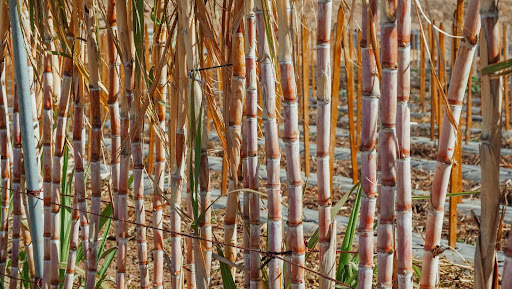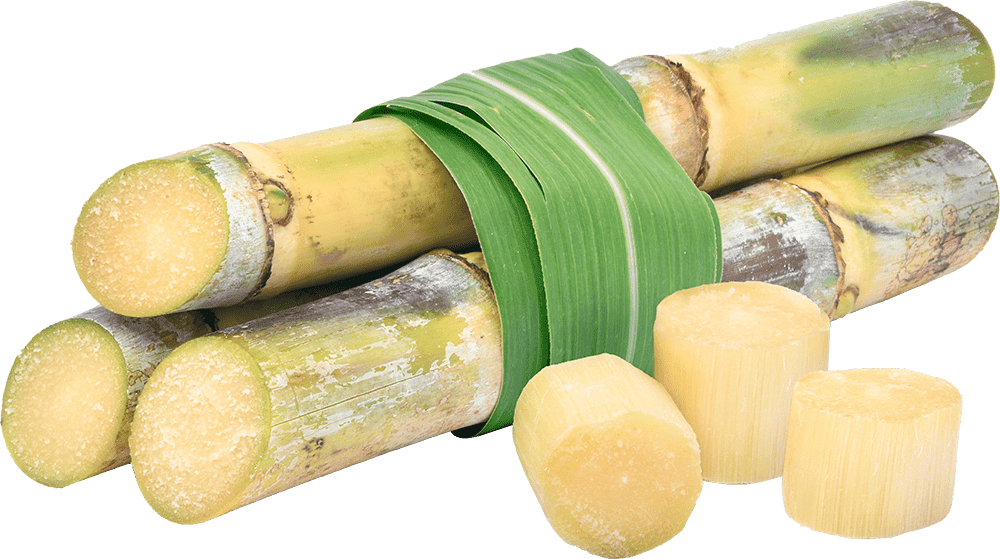The Science Behind Cane Sugar Processing: Exactly How Sweetness is Refined
The Science Behind Cane Sugar Processing: Exactly How Sweetness is Refined
Blog Article
Comprehending the Essential Methods and Technologies Utilized in Modern Cane Sugar Processing
The evolution of walking cane sugar processing has been significantly formed by the integration of innovative techniques and innovations that deal with both effectiveness and sustainability. Enzyme-assisted removal and innovative refining methods have actually revolutionized return optimization, while automation facilitates operational dependability. Additionally, the emphasis on sustainable techniques shows a growing awareness of ecological influence. As we explore these vital developments, it comes to be vital to analyze exactly how they not only boost production yet additionally align with more comprehensive sector fads and consumer demands, increasing inquiries regarding the future of sugar handling and its ramifications for international markets.
Historic Context of Walking Cane Sugar Processing
The historic context of cane sugar processing reveals an abundant tapestry of farming technology and social exchange that has shaped its growth over centuries. The process of extracting and refining sugar got momentum in India, where techniques for condensation were improved around the Sixth century.

Advanced Removal Methods
Effectiveness in cane sugar removal has seen significant advancements, driven by the demand for greater yields and reduced manufacturing prices. Typical techniques have developed, offering way to cutting-edge innovations that enhance the efficacy of the extraction procedure. One notable advancement is the usage of enzyme-assisted removal, wherein details enzymes break down cell wall surfaces and release even more sucrose from the walking stick fibers. This method not only raises sugar return yet likewise lowers the power required for handling.
In addition, the fostering of membrane filtration technologies, such as nanofiltration and reverse osmosis, has revolutionized the splitting up of sugar from impurities. These approaches enable the careful permeation of sugar particles while keeping larger impurities, simplifying the removal process and lessening waste.
In addition, the combination of continuous removal systems has actually caused enhanced functional performance. Cane Sugar Processing. These systems keep a consistent flow of cane material, making sure optimum extraction problems and lowering downtime connected with set handling
Ingenious Refining Technologies
Refining strategies in walking cane sugar processing have actually undertaken a transformative shift, driven by the need for greater purity and improved item top quality. Among one of the most notable innovations is the fostering of membrane purification technologies, such as ultrafiltration and nanofiltration. These procedures successfully get rid of contaminations and colorants without the demand for comprehensive chemical therapies, thus protecting the sugar's natural important site taste and boosting its charm.
One more significant innovation is making use of ion exchange resins, which enable selective elimination of undesirable ions from sugar services. This innovation not only enhances the total pureness of the end product but additionally contributes to minimized waste and environmental effect.
Moreover, advancements in adsorption methods, using turned on carbon and other sophisticated materials, have proven effective in decolorizing sugar remedies while maintaining ideal top quality. The assimilation of these ingenious refining innovations ensures that suppliers can produce refined sugar with exceptional clarity and preference, satisfying the advancing preferences of customers.
Automation and Control Solution
Current innovations in refining innovations have actually paved the way for substantial improvements in automation and control systems within cane sugar handling facilities. These systems utilize innovative software and hardware to improve functional this contact form efficiency, decrease human error, and make certain constant product quality.
Modern automation incorporates numerous components, consisting of sensors, actuators, and programmable reasoning controllers (PLCs), allowing real-time monitoring and control of essential processes. As an example, temperature level, pressure, and flow prices can be exactly controlled during removal, explanation, and crystallization phases, enhancing performance and reducing waste.
Moreover, advanced data analytics and artificial intelligence algorithms play an essential duty in predictive upkeep, allowing drivers to anticipate devices failures prior to they occur. This aggressive strategy not only minimizes downtime but additionally expands the lifespan of equipment.
Additionally, automation facilitates the execution of Market 4.0 principles, equipping sugar mills to achieve greater connectivity and data exchange across procedures. Consequently, decision-making comes to be more nimble and educated, ultimately enhancing the total competition of walking stick sugar production. With these improvements, the sector is well-positioned to satisfy expanding global demands while keeping functional excellence.
Sustainability Practices in Sugar Production
Sustainability techniques in sugar manufacturing have actually become significantly crucial as the industry looks for to stabilize economic practicality with ecological obligation. As customer awareness grows concerning the ecological effects of agricultural methods, sugar manufacturers are taking on cutting-edge approaches to minimize their environmental footprint.
One significant approach is the implementation of precision agriculture strategies, which utilize information analytics to maximize resource use, such as water and fertilizers. This reduces waste and decreases the effect on neighborhood communities. Additionally, numerous producers are transitioning to renewable resource resources, such as biomass from sugarcane byproducts, to power their operations, thereby decreasing dependence on nonrenewable fuel sources.
Water monitoring techniques are also vital; rainwater harvesting and effective have a peek here irrigation systems help alleviate water scarcity issues. Cane Sugar Processing. Furthermore, integrated parasite management strategies lower chemical usage, advertising biodiversity and soil health
Business social responsibility efforts are emerging, with firms buying regional neighborhoods and making certain fair labor practices. By accepting these sustainability practices, the sugar industry not just enhances its reputation but likewise adds to a more lasting farming landscape, paving the method for future generations.

Conclusion
In recap, contemporary walking stick sugar processing includes a range of sophisticated methods and innovations that substantially enhance effectiveness, yield, and sustainability. Jointly, these advancements position the walking stick sugar industry to meet modern demands while dealing with vital international obstacles.
The evolution of cane sugar processing has been dramatically formed by the integration of sophisticated methods and innovations that address both effectiveness and sustainability.The historic context of walking stick sugar handling reveals an abundant tapestry of farming technology and social exchange that has formed its development over centuries. Advancements in milling and refining emerged, laying the groundwork for modern walking cane sugar handling.Refining strategies in cane sugar processing have undergone a transformative shift, driven by the demand for greater pureness and boosted item high quality.In summary, modern-day cane sugar processing integrates a variety of advanced strategies and technologies that substantially boost effectiveness, sustainability, and return.
Report this page